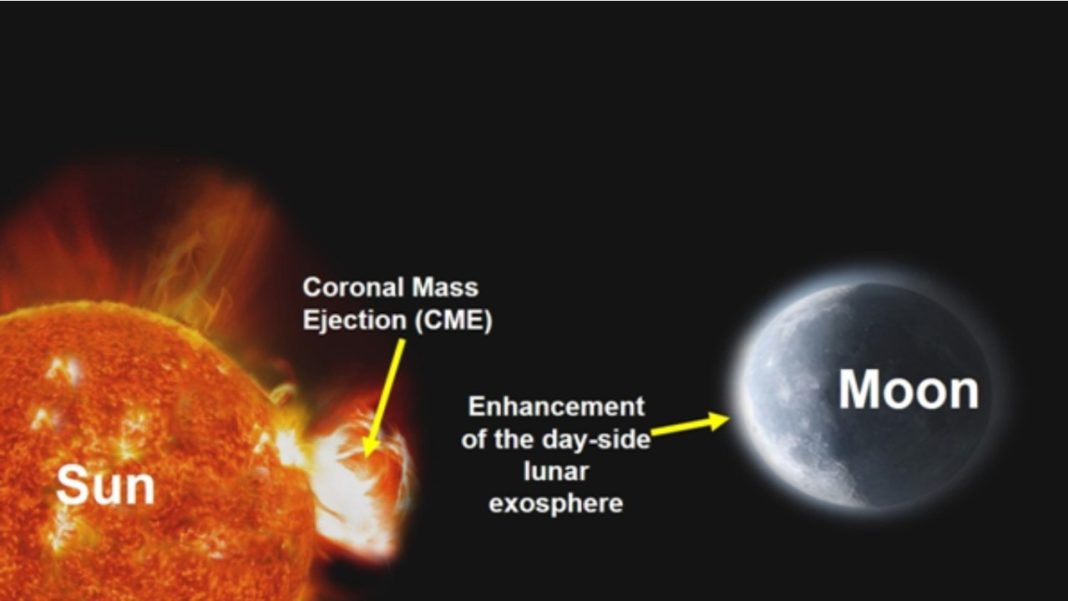Key Takeaways
- Chandrayaan-2 makes first-ever direct observation of solar storm impact on Moon’s atmosphere
- Moon’s exospheric pressure surged dramatically during May 2024 coronal mass ejection
- Discovery validates theoretical models and has implications for future lunar missions
India’s Chandrayaan-2 lunar orbiter has achieved a groundbreaking scientific milestone by recording the first direct observation of how a solar storm affects the Moon’s exosphere. The discovery confirms long-standing theoretical predictions about lunar space weather dynamics.
Unprecedented Solar Storm Measurement
During a powerful Coronal Mass Ejection (CME) on May 10, 2024, the orbiter’s CHACE-2 instrument detected a sudden, significant increase in the total pressure of the Moon’s dayside exosphere. Scientists found the concentration of neutral atoms or molecules increased by more than an order of magnitude during the solar event.
Why the Moon is Vulnerable
The Moon’s exosphere is exceptionally thin – described as a “surface boundary exosphere” – where gas molecules rarely collide. Formed through surface processes including solar radiation and micrometeorite impacts, this faint particle halo lacks the protection of both substantial atmosphere and global magnetic field.
When a CME strikes, the solar plasma influx enhances surface sputtering – the process where solar ions knock atoms off the lunar surface. This leads to temporary but measurable increases in exospheric density and pressure.
Scientific Validation and Future Implications
ISRO scientists noted the May 2024 event provided a rare opportunity to examine these interactions directly. The enhanced presence of liberated atoms matched prior model predictions, validating simulations of lunar space weather.
This breakthrough has practical significance for future lunar exploration. As nations and companies plan long-duration missions and surface habitats, understanding the Moon’s response to solar disturbances becomes critical. Space weather events like CMEs could momentarily alter the lunar environment, posing challenges for equipment operation and human activity.




